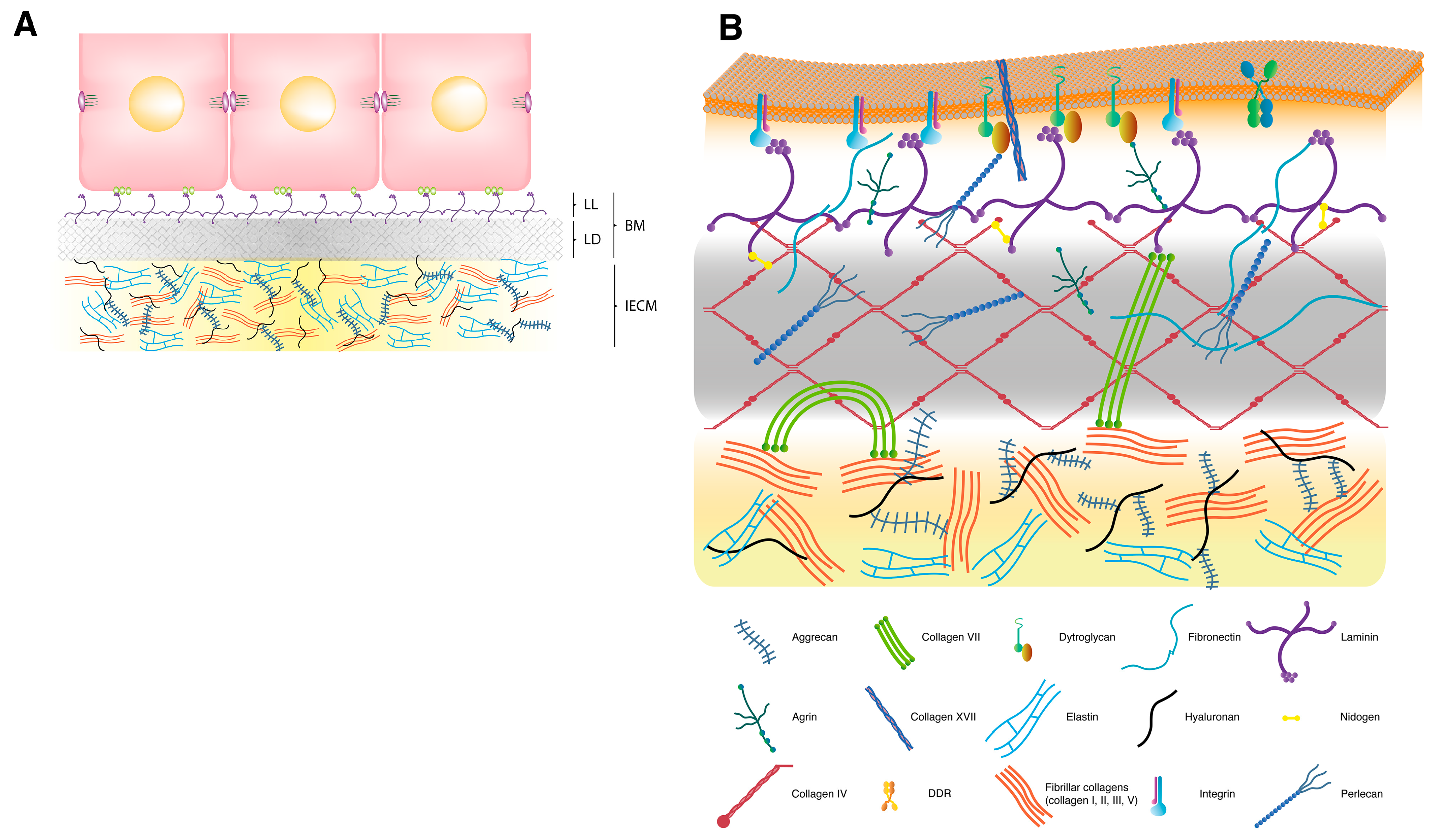
Expression of matrix proteins and matrix metalloproteinases in cells exposed to modified fibronectin is significantly altered. Cell proliferation on HOCl-damaged fibronectin is modulated, and migration attenuated. extracellular matrix Non-living material secreted by cells that fills spaces between the cells in a tissue, protecting them and helping to hold them together. For example, heparin-binding and cell adhesion to HOCl-modified fibronectin is decreased in a dose-dependent manner. Damage is localized to specific residues and occurs to markedly different extents. We observe that 3-ChloroTyr and other amino acids oxidations are detected at multiple sites on fibronectin, laminin and tropoelastin, including within functionally-important heparin-, cell- and collagen-binding domains, in a dose-dependent manner. Using label-free quantification at a peptide level, in shotgun MS of single proteins, chlorination can be detected down to a relative site occupancy of ~0.15%. We have optimised sample preparation and analysis protocol to detect and quantify 3-chloroTyr and other readily-oxidized residues such as Met, His, Cys, and Trp. We use mass spectrometry for identification and quantification of protein modifications because of its sensitivity and specificity. Our study focuses on quantification of chlorination (3-chloroTyr) and oxidation of human extracellular matrix proteins: fibronectin, laminin and tropoelastin induced by HOCl and an enzymatic MPO system, and its consequences for human coronary artery smooth muscle cell adhesion, proliferation, migration and gene expression. This mediates pathogen killing, but misplaced formation is linked with extracellular matrix damage (via MPO binding) and human disease.

MPO uses H2O2 and Cl- to generate the powerful oxidant HOCl. In biology, the extracellular matrix (ECM) is a three-dimensional network consisting of extracellular macromolecules and minerals, such as collagen, enzymes, glycoproteins and hydroxyapatite that provide structural and biochemical support to surrounding cells. and H2O2, and results in myeloperoxidase (MPO) release. Immune system cells are a major source of oxidants. Accumulation of oxidised extracellular matrix proteins in tissues exposed to low grade inflammation.


 0 kommentar(er)
0 kommentar(er)
